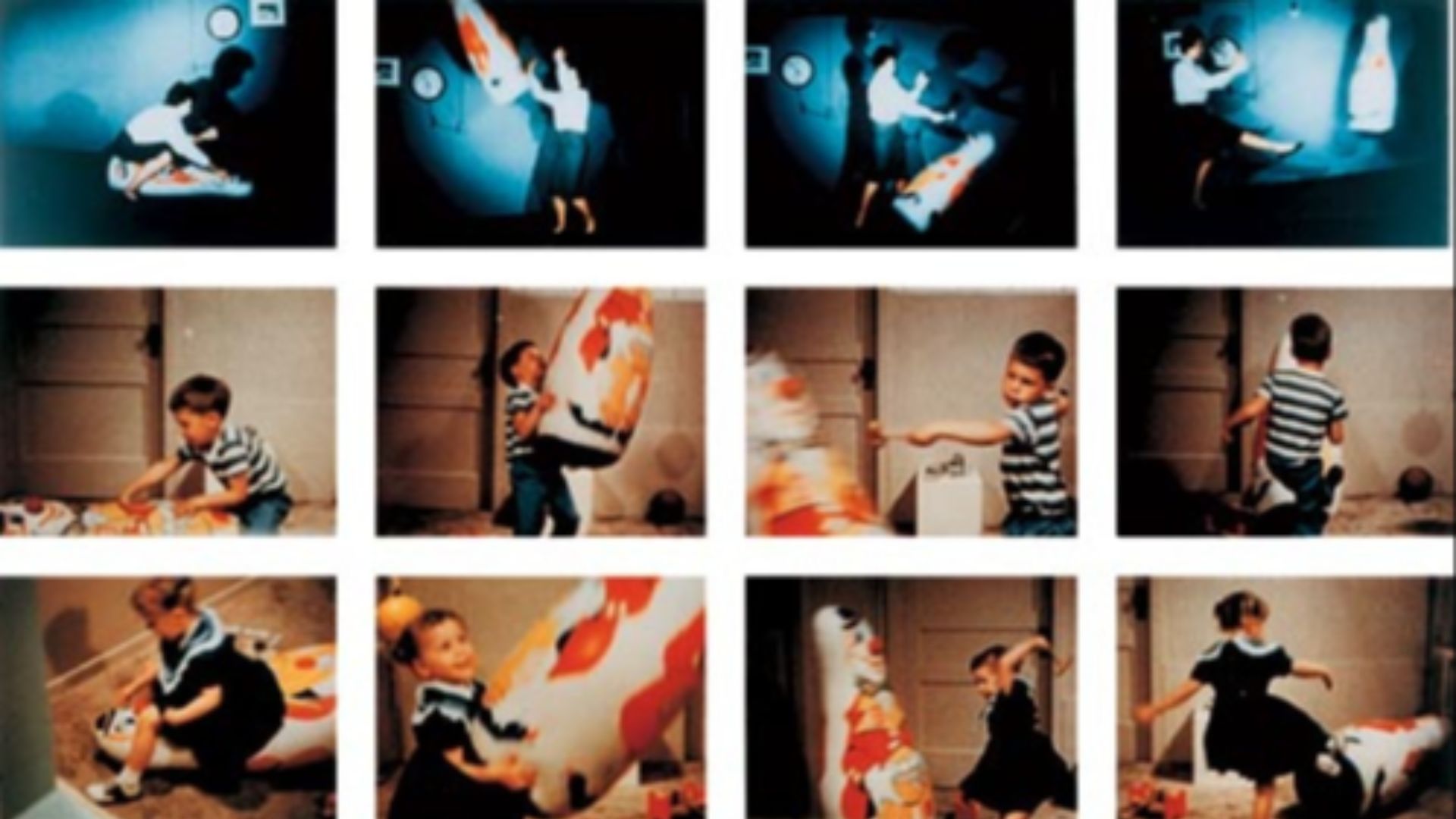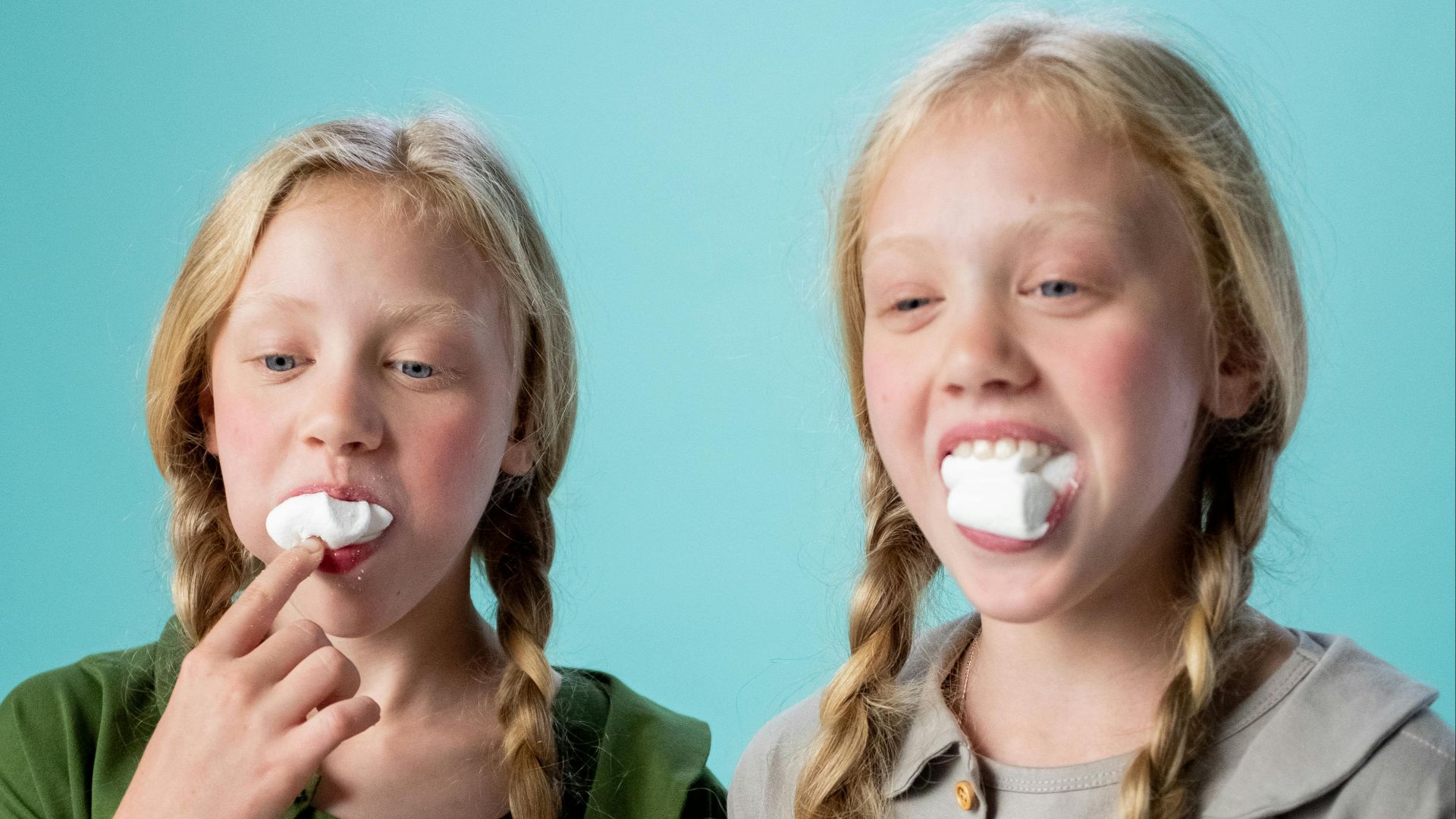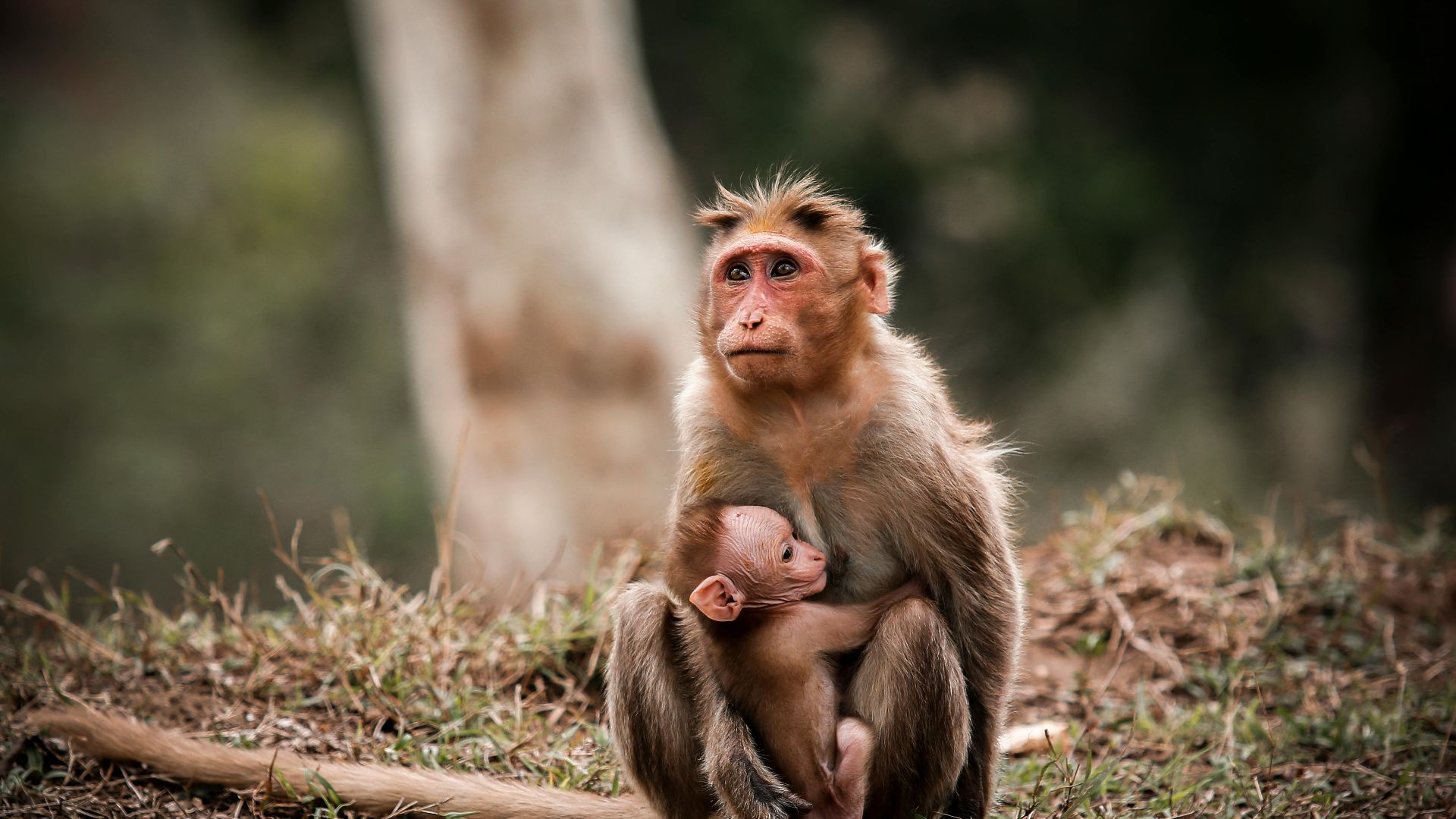From the Horrific to the Fascinating
Psychology has revealed some fascinating truths about human behavior through groundbreaking experiments. From conditioning fear in babies to exploring how power shapes actions, these studies challenged conventional wisdom and sparked important debates. Join us as we explore ten of the most influential experiments.
1. Pavlov's Bell and Behavior
Imagine a dinner bell that makes you salivate. Ivan Pavlov's late-1800s study conditioned dogs to associate bells with food. This classic experiment launched the field of behaviorism, demonstrating how associations shape behavior in both animals and humans. Learning suddenly had a new blueprint.
2. Little Albert and the Roots of Fear
How does fear begin? In 1920, John Watson and Rosalie Rayner demonstrated this by conditioning a baby named Albert. They made him fear a white rat by pairing it with loud noises. Over time, Albert even feared rabbits and furry objects. This controversial study raised ethical concerns still debated today.
3. Babies and Glass Cliffs
Crawling babies stopped at an invisible "cliff" in Eleanor Gibson and Richard Walk's 1960 visual cliff experiment. Their hesitation showed depth perception is innate, not learned. This playful yet profound study changed how psychologists view human development. It proved that instincts start early.
 From Gibson and Walk (1960). Copyright 1960 Nature Publishing Group., on Wikimedia
From Gibson and Walk (1960). Copyright 1960 Nature Publishing Group., on Wikimedia
4. Stanford's Dark Role Experiment
Guards became tyrants, and prisoners fell into despair in just days during Philip Zimbardo's 1971 study. Volunteers role-played in a mock prison, showing how power corrupts behavior alarmingly fast. It ended early but left an enduring lesson: environments heavily influence morality.
5. Electric Shocks and Authority
Would you follow orders even if it meant hurting others? Stanley Milgram's 1963 study found that most people obeyed authority and delivered electric shocks despite victims' cries. The chilling conclusion underscored how ordinary people could commit harmful acts under authoritative pressure; a theme echoed in real-world atrocities.
6. Line Judgment and Peer Pressure
Solomon Asch's 1950s experiments explored the power of conformity by placing individuals in groups where everyone gave blatantly incorrect answers about line lengths. Surprisingly, most participants agreed with the group. This study vividly illustrated how social pressure can cloud even clear decisions.
7. Fake Patients in Real Hospitals
Healthy individuals pretending to be mentally ill were admitted to psychiatric hospitals despite showing no symptoms. All were diagnosed with mental disorders, highlighting the unreliability of psychiatric diagnoses. The experiment exposed major flaws in the system, sparking widespread reforms in mental health care.
8. Aggression Mirrors in the Bobo Doll
Children watched adults attack inflatable dolls in Albert Bandura's 1961 experiment, and guess what? They mimicked the violence. This landmark study proved behavior can be learned through observation. Its implications reshaped parenting, media consumption, and how society understands aggressive tendencies.
9. Marshmallows and Future Success
Patience isn't easy. Walter Mischel's 1960s marshmallow test challenged kids to wait for a second treat. Years later, those who delayed gratification excelled in academics and life. The experiment suggested self-control in childhood predicts long-term success, sparking endless debates on upbringing.
10. Emotional Comfort from Monkey Moms
This 1950s experiment revealed the importance of emotional bonding. Baby rhesus monkeys consistently chose soft, comforting surrogate mothers over wire ones that provided food. This experiment transformed the understanding of attachment, demonstrating that emotional connections are as essential as physical nourishment for development.

















